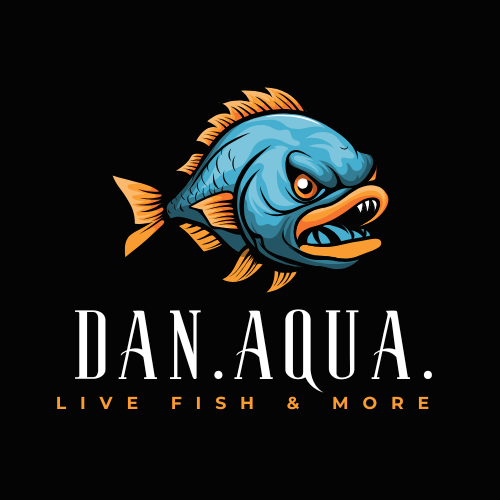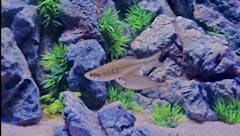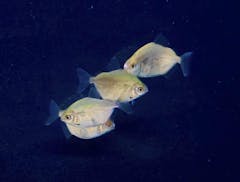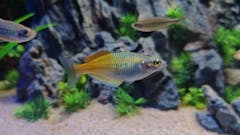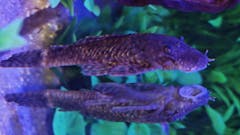Great doing business with you!! The fish arrived safe and are beautiful. will be buying more from these guys!!!
I was not happy with the condition of the platys I received.
Fish were not healthy and lost 4 within two days.
Treated with paraclense. And was able to save the balance. Also was not sent what I order!
My first time buying from Dan aqua. I am very happy with the Blue Peacock cichlid I received. I did also buy 2 addition cichlids a Blue Neon and a Sunshine. They were package with care and all so far are in good health. I will be buying from them again.
My Electric Blue Acara arrived safely and has acclimated wonderfully to my 75gal tank. He is thriving and growing and has developed bright gold tips on his dorsal. I am very pleased with him and will definitely go to Danaqua for future livestock purchases.
